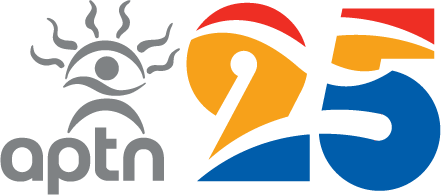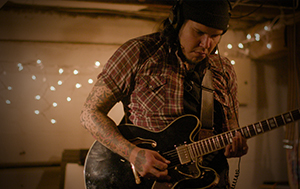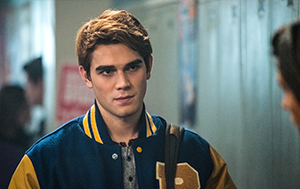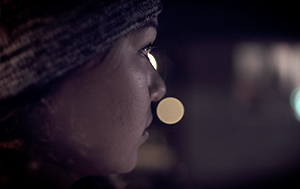Season 1
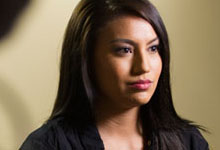
Episode 1 — My great great grandmother was a Cherokee Princess
How do we, as Aboriginal people, define beauty? How do women relate to it? And is beauty part of our identity as Indigenous women? Every Indigenous person in North America has heard at least one person say “my great great grand mother was an Indian princess”. No one has proof, just legends passed on from one diluted generation to the next. But what IS an Indian princess anyway? What does that title mean? Or did it even exist? Also, was the term “princess” when applied to an Indigenous woman even associated at all with beauty? From America, to Chippewa and of course, Pocahontas, let’s take a look at the most popular princess myths and demystifies once and for all the Indigenous Princess in North America: Fact, fib or white man’s fantasy?
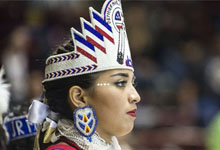
Episode 2 — Typecast
For over a hundred years, Westerns, dramas and even documentaries have shaped the public’s perception of Native people. The wise elder (Little Big Man); the drunk (Tom Sawyer); the Indian princess (Pocahontas); the loyal sidekick (Tonto)—these images have become engrained in the consciousness of every North American. Neil Diamond brilliantly tackled the issue in his documentary Reel Injun, with a narrative focus towards the male characters portrayed in Hollywood films. But the same can be said for female characters. This episode takes a look at Indigenous female characters that influenced how we see ourselves today. Whether it be the sexy Indian who falls in love with the cowboy, the sexy untameable savage, or the more modern sexy victim of an abusive partner, Native American women are often perceived as being sexually available. How has that impacted our own personal relationships with femininity?
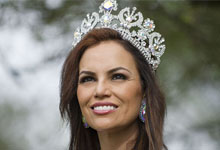
Episode 3 — We are not all the same
Ask anyone on the street to describe how a First Nation man and a First Nation woman used to look like, and they will most probably all have the same physical description. The man is bare chest with long hair, war paint, and a feather on his head. The woman… well she looks like Disney’s Pocahontas. The reality is that before colonization every tribe/nation had its own sense of “fashion”, meaning its own set of aesthetics and its own definition of beauty. Not all wore fringy deer skin skirts and feathers. While some groups found tattooing to be an embellishment on one’s body, other groups saw flat heads as beautiful and visually pleasing. Some had very unique and distinct hairstyles, while others saw piercing as a mark of prestige. Bottom line: we are not all the same.
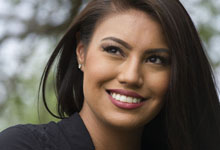
Episode 4 — Miss Indigenous
Beauty pageants are held in Aboriginal communities across the country and beyond. The words “beauty pageant” might not always be what the event is called but a female winner is none-the-less “crowned” at the end. Each community has its own set of standards, principles and criteria. But almost all of them have this in common: It’s not just about physical looks. Traditional dance offs, competitive crafts, knowledge of culture and language and even tribal skills competitions are all categories that can determine who will win the event’s title. Let’s take a look at a few past and current Indigenous beauty pageants in Canada as well as a glance at other Indigenous pageants around the world. How do these pageants affect the winners, the losers and the people in the community? Some view the pageants as a tool to boost self-esteem or even help promote culture and keep tradition alive.
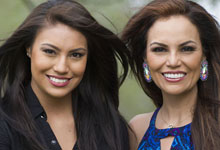
Episode 5 — Your pageant, my title
Aiming to someday be crowned Miss Canada is hard work. Miss Universe, even harder, not too mention less likely. Imagine if you are Aboriginal. Chances go from slim to… pretty much non-existent. Actually, it would have been unthinkable 20 years ago but luckily times are changing. Today there are several Indigenous women going after non-Indigenous beauty titles, and some a gracefully succeeding. That is the case of young women like Ashley Callingbull and Chayla Delorme Maracle, both recent Miss World Canada contestants. These impressive beauties were chosen for their looks but their involvement in these pageants go beyond walking on the catwalk in a bikini and high heels. They now have a responsibility towards their community and are now their Nation’s ambassadors. But are we converting to the global look of beauty?
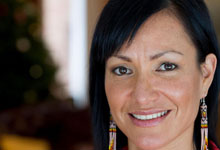
Episode 6 — Rocking the runway
It takes a whole lot of confidence to rock the catwalk with ease… Imagine when the worldwide beauty standards are currently not – and have never been – in your favour. Blonde, blue eyes, large tight breast and tinny tiny waist are not common Aboriginal traits. That doesn’t mean Indigenous traits aren’t beautiful, it just means “beauty” is not catered to them. Being confident in the way you look and carry yourself is not a trait that all indigenous girls are born with. For a lot of young women and girls, a shot at modelling, especially for an audience that is not Indigenous is a chance to build self-esteem and self-worth, important tools when you are part of the group of people who are the most at risk in the country.
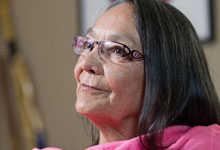
Episode 7 — Hey! That’s my feather!
Cultural appropriation is a hot subject as of late. Social media and online access to countless images of Non-Aboriginal people dressed up as “Indians” have fuelled a fire amongst activists, traditionalist and most of the general Indigenous population in North America. Traditional regalia are precious and sacred and are not proper attire for a Halloween costume. And wearing a headdress to front a rock concert or to stroll down the catwalk in Victoria Secret lingerie is not cool, it’s rude. If the general population knew and understood the beauty of traditional regalia, the significance of the material, the beading, and the feathers, maybe they would refrain from such inappropriate use.
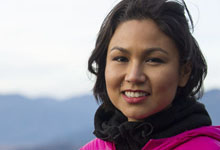
Episode 8 — Damned if you look it, damned if you don’t
The curse of the every-day Aboriginal woman: Constantly being compared to the pretty white girl on TV, in billboards and down the street. Well maybe not the curse of ALL Aboriginal women as there are also beautiful indigenous women who would love nothing more than to look the part. Who is most likely to face prejudice based on their looks: the Indigenous woman with obvious native traits living in an urban setting or the pale skin blond haired Indigenous woman who lives in a First Nations community? This is a double standard that so many Aboriginal women face on a daily basis. Where can we truly fit it? While so many alter their look to fit in to mainstream Caucasian society others try to get their “indian” on by dying their hair, adding accessories and applying stylish makeup. What is the right dose of “Aboriginal traits” in order to be considered beautiful by both mainstream society and our peers?
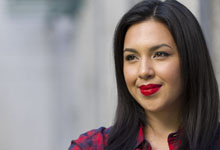
Episode 9 — Cycles of life: Motherhood and Aging
Beauty is not only for the young. In most any Aboriginal Elder, man or woman, will tell you: The most beautiful thing about a woman is her power to bring a new life into the world. Through time and colonization, Indigenous practices regarding childbearing and childbirth have changed but in recent years there has been a revitalisation and rebirth (no pun intended) of traditional views on motherhood. There is a renewed respect for the role of mothers and grandmothers that had been lost because of colonisation and the Residential school system. Our sense of identity as Indigenous people has evolved so significantly that our relationship and understand of beauty has changed quicker and more drastically than the rest of the North American population in the last 70 years. Assimilation, shame and fear, slowly turned into reaffirmation and pride. Today mothers and elders are seen as beautiful individuals, inside and out. While Canadian and American societies spend millions and millions on anti-aging and ways to stop the biological clock, Aboriginal peoples embrace aging and view it simply as a natural stage of life, one that brings respect and wisdom.
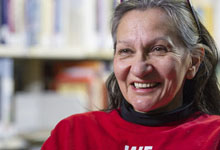
Episode 10 — Sex sells?
Sexuality in NDN country is a very touchy and rarely discussed subject. Of course this is understandable when one of the top social Aboriginal issues is the high number of missing and murdered Aboriginal women. Violence against women, rape, and overrepresentation of Aboriginal women in the sex trade are all realities that make talking about sex or eluding to sex a hard thing to do. But sexuality is, like in all cultures, omnipresent and part of everyday life. How does one balance having a healthy sexual identity with being part of a marginalized group such as Aboriginal women? Is sex a factor in our definition of beauty?
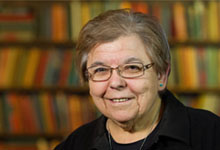
Episode 11 — Power is beauty
In some cultures being a feminist is the opposite of being feminine and miles away from being sexy. But in today’s First Nations cultures a strong-minded and determined woman is as appealing and attractive as it gets. This stems from the fact that despite the vast socio-cultural diversity amongst Canada’s hundreds of First Nations, historians and experts largely agree that a balance between women and men’s roles typically existed in pre-contact Aboriginal societies, where women and men had different, but complementary roles. As non-Aboriginal settlers first arrived, they brought with them their patriarchal social codes and beliefs that unbalanced our way of life but powerful women still have thrived through time. Thanks to ground breaking activists and socially conscience female role models, the younger generation can stand a little taller, head up, eyes forward… like supermodels of life.
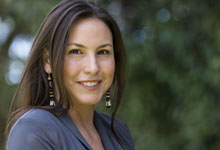
Episode 12 — Turtle Island Fashion
Let us introduce you to a brand new industry where beauty, health and culture are all intertwined. Made for us by us, in a modern contemporary urban world. Aboriginal fashion extends way beyond runways, it is not just about how it looks, it’s about how it is made. The process of creating the clothing, the jewellery and the footwear is even more important than what the articles look like in the end. And we’re not just talking about regalia or traditional clothing. Designers have found original and gorgeous ways to combine tradition and fashion avant-garde. A decade ago only a handful of Aboriginal designers could actual state that fashion was a career. Now, there are stores, magazines, website and events dedicated to Indigenous designers across Canada. And most importantly, they have customers.
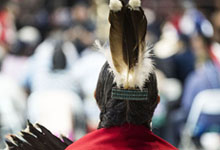
Episode 13 — So…what is beauty?
What do the men have to say about female Aboriginal beauty? From scholars, to rappers, to actors and activists, men from all corners of Turtle Island were asked what they find beautiful in a woman. After covering all the various facets of beauty during this series have we managed to answer the following core questions: How do Aboriginal people define beauty? Is our definition of beauty the same as the rest of Canada? And most importantly what is the message we want to give our younger generation in regards to beauty and femininity?
